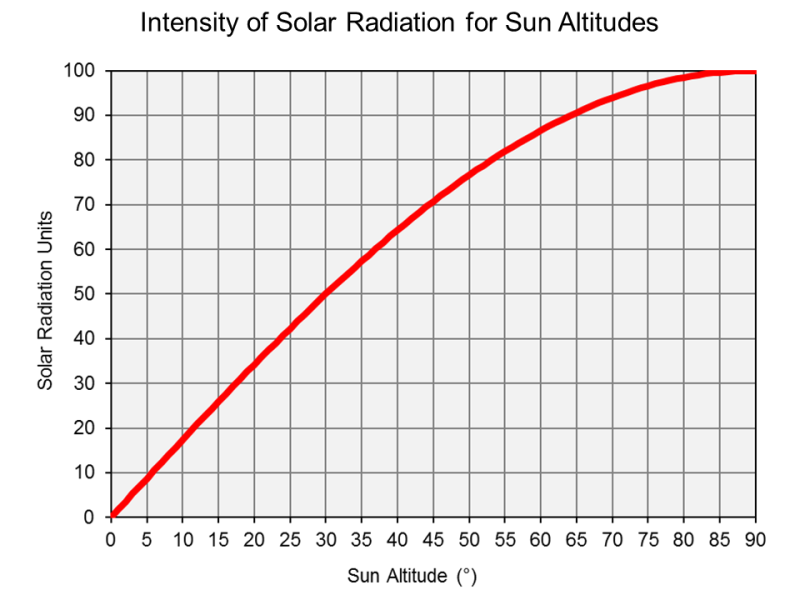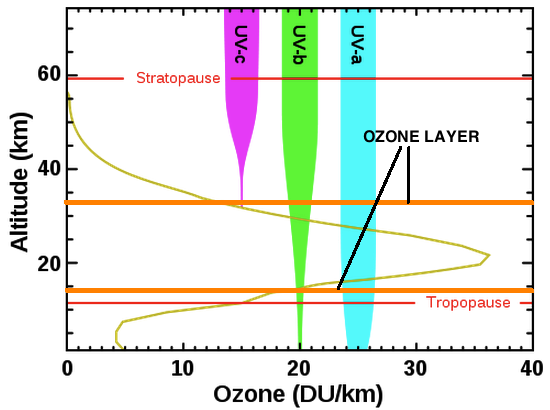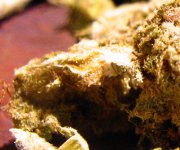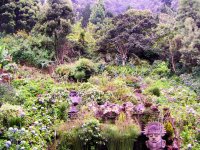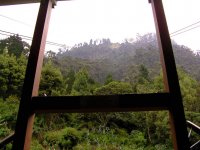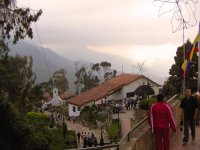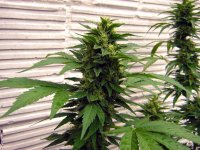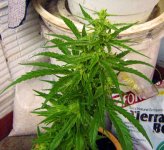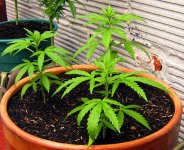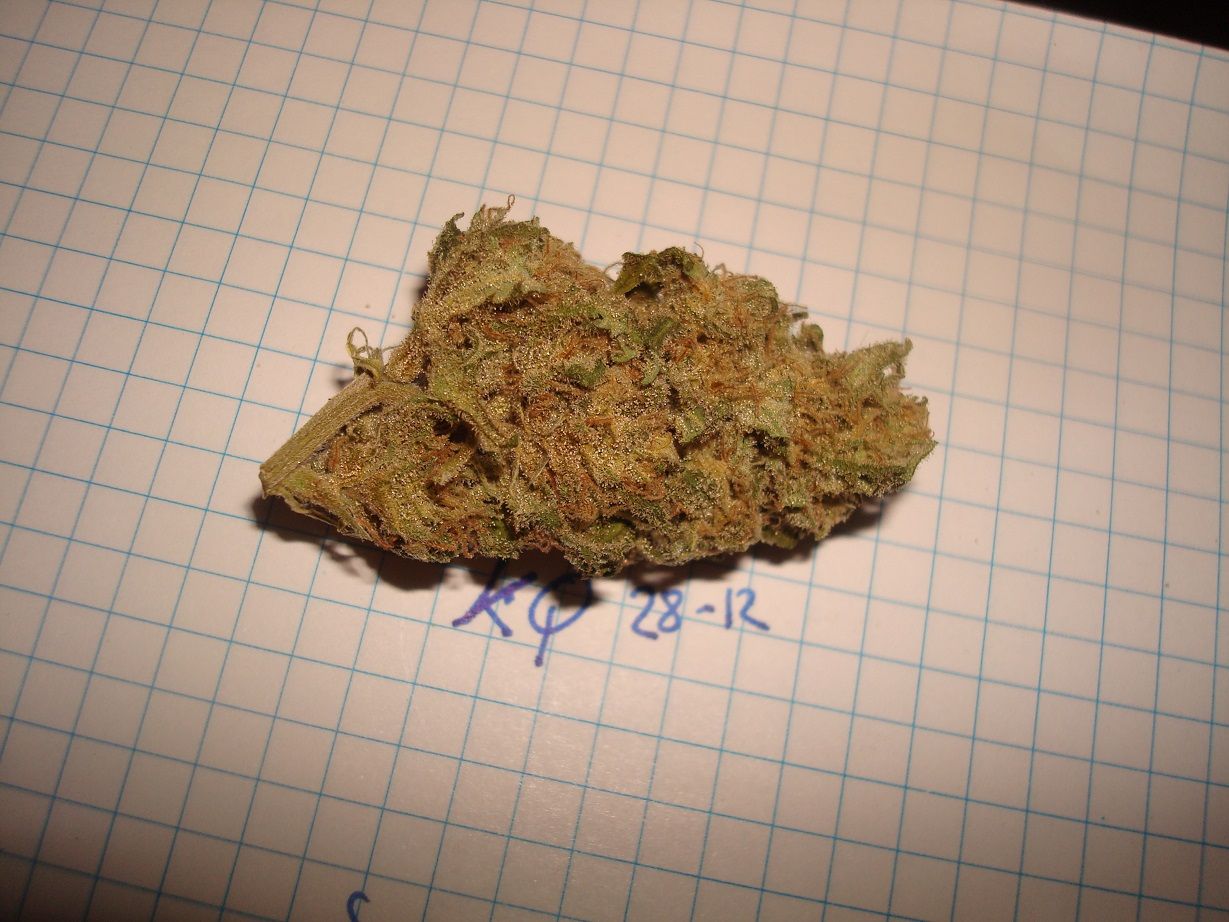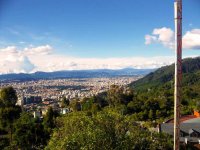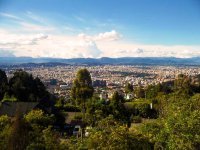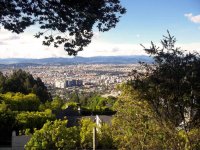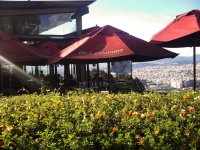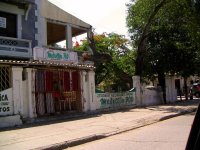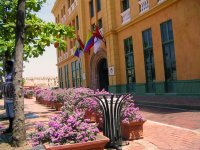I also used to believe that high altitude was required to produce the best qualities. But after 30 years of producing the same identical clones at high altitude and sea level, I have changed my mind.
What is it you think the high altitude does? Any idea?
It does not change the Cannabinoid profiles, as confirmed in my lab with GC analysis. Not surprising as Cannabinoid profile is controlled by the genetics, not the environment, what is the change in Cannabinoid profiles, can you tell me? I could not find it in the same clones grown high and low. And I found zero differences in the profiles of a Original Haze (high altitude Colombian) grown at sea level and at high altitudes. The same with terpene profiles, the same clones had the same profiles, high and low altitudes grown, as terpene production is also controlled by the genetics.
The environment may effect yields, if for example the plants are to cold to flower correctly, but not profiles.
You need the genes to produce any given Cannabinoid or terpene, they do not come from nothing.
I now think the reason I found so much herb that was better at high altitudes is because the growers can do their breeding and production with little or no government interference, having the law destroy crops of the best of the best year after year does not make for quality in the long run.
I would be happy to test a high altitude grown plant bud that you feel has "special qualities" if you could keep the clone alive and have it also grown at sea level so I could test both side by side. But I can assure you the Cannabinoids present will be the same.
I do agree with your search for "clearer and productive with less negative second life. Over the years I’ve found most Colombian here has a strong effect but with it comes a dirty sleepy narcotic come down...
I do also get very good Colombian (non crippy) that is clean and also strong with a refreshing satisfying finish (like what I grew myself here @2,700mts)"
BTW, the highest I ever collected seeds was at just over 9,000 feet in Kashmir, they were not good quality at all, but they were 800+ seeds to the gram, and when grown at sea level they were still making 800+ seeds to the gram and the herb was still not good.
-SamS
What is it you think the high altitude does? Any idea?
It does not change the Cannabinoid profiles, as confirmed in my lab with GC analysis. Not surprising as Cannabinoid profile is controlled by the genetics, not the environment, what is the change in Cannabinoid profiles, can you tell me? I could not find it in the same clones grown high and low. And I found zero differences in the profiles of a Original Haze (high altitude Colombian) grown at sea level and at high altitudes. The same with terpene profiles, the same clones had the same profiles, high and low altitudes grown, as terpene production is also controlled by the genetics.
The environment may effect yields, if for example the plants are to cold to flower correctly, but not profiles.
You need the genes to produce any given Cannabinoid or terpene, they do not come from nothing.
I now think the reason I found so much herb that was better at high altitudes is because the growers can do their breeding and production with little or no government interference, having the law destroy crops of the best of the best year after year does not make for quality in the long run.
I would be happy to test a high altitude grown plant bud that you feel has "special qualities" if you could keep the clone alive and have it also grown at sea level so I could test both side by side. But I can assure you the Cannabinoids present will be the same.
I do agree with your search for "clearer and productive with less negative second life. Over the years I’ve found most Colombian here has a strong effect but with it comes a dirty sleepy narcotic come down...
I do also get very good Colombian (non crippy) that is clean and also strong with a refreshing satisfying finish (like what I grew myself here @2,700mts)"
BTW, the highest I ever collected seeds was at just over 9,000 feet in Kashmir, they were not good quality at all, but they were 800+ seeds to the gram, and when grown at sea level they were still making 800+ seeds to the gram and the herb was still not good.
-SamS
High Altitude
I feel altitude is very important in cultivating drug strain cannabis. It is well know that strains coming from high altitude grows around the world produce cannabis of exceptional quality. From Afghanistan, Nepal, Thailand, and Mexico and of course Colombia, comes unique strains of slightly different cannabinoid profiles. Which is not to say that fantastic cannabis isn’t cultivated at lower altitudes or indoors because obviously it is. But to me there’s just something special and noticeable about the cannabinoid profiles of certain high altitude tropical strains. The effect is the same as in all good cannabis but the high altitude strain seems to have more of what I want from the effect. Not necessarily “stronger” or more potent but clearer and productive with less negative second life. Over the years I’ve found most Colombian here has a strong effect but with it comes a dirty sleepy narcotic come down. The bud is good in the sense that it’s strong and effective but you pay a price for it. However I do also get very good Colombian (non crippy) that is clean and also strong with a refreshing satisfying finish (like what I grew myself here @2,700mts). So I’ve come to the conclusion that the clear clean high I’m looking for come from high altitude grows. This is just a general conclusion and there are variable factors that can change. All good cannabis affects me with an intense euphoria and sense of well-being but it seems to me the high altitude strains to channel it better. Common sense tells me that the cannabis plant responds to intense “light” by producing resin to protect itself, the super intense equatorial sunlight at high altitudes tickles the plant in just the right way. Adding a certain complexity to the cannabinoid profile of the plant. Further testing is currently underway.
Red rider


